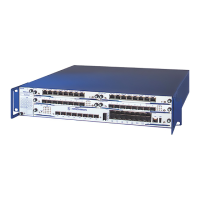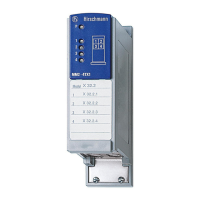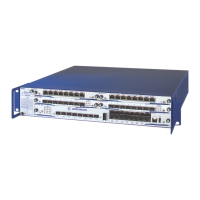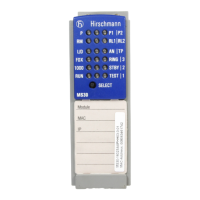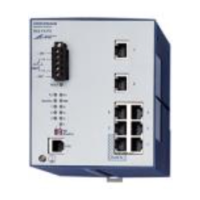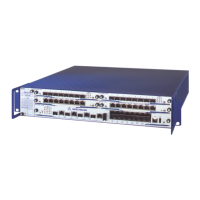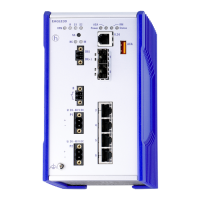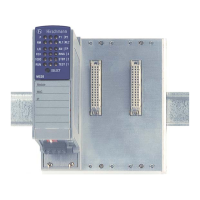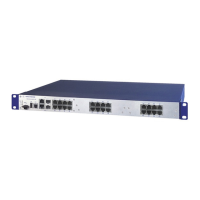Assistance in the Protection from Un-
authorized Access
106
6.7
Port Authentication IEEE 802.1X
UM Basic Configuration L3P
Release
7.1
12/2011
6.7 Port Authentication
IEEE 802.1X
6.7.1 Description of Port Authentication
according to IEEE 802.1X
The port-based network access control is a method described in norm IEEE
802.1X to protect IEEE 802 networks from unauthorized access. The
protocol controls the access to this port by authenticating and authorizing a
terminal device that is connected to one of the device's ports.
The authentication and authorization is carried out by the authenticator, in
this case the device. The device authenticates the supplicant (the querying
device, e.g. a PC, etc.), which means that it permits the access to the
services it provides (e.g. access to the network to which the device is
connected) or denies it. In the process, the device accesses an external
authentication server (RADIUS server), which checks the authentication data
of the supplicant. The device exchanges the authentication data with the
supplicant via the Extensible Authentication Protocol over LANs (EAPOL),
and with the RADIUS server via the RADIUS protocol.
Figure 24: Radius server connection
802.1X SupplicantSwitch/AuthenticatorRADIUS Server

